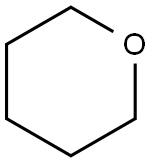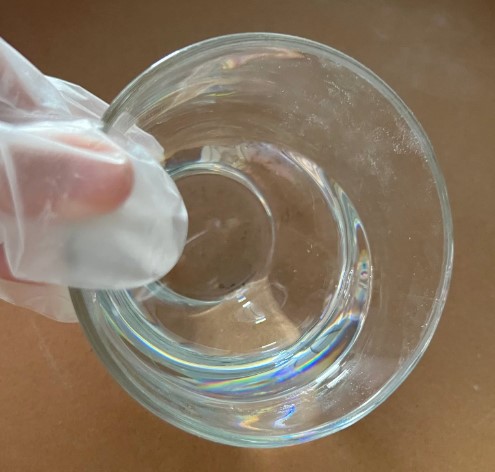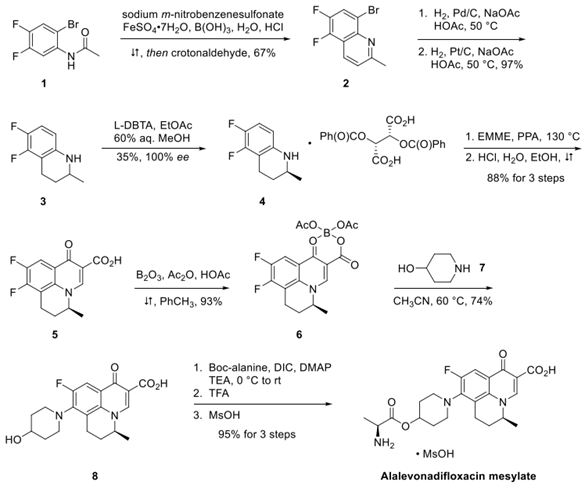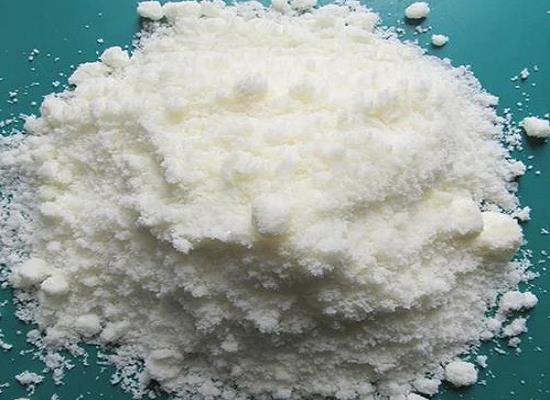Tetrahydropyran: properties, applications and safety
General Description
Tetrahydropyran is a colorless, flammable liquid with a unique odor that finds applications as a pharmaceutical intermediate due to its versatility as a starting material. It can be used in the synthesis of numerous bioactive molecules and drug formulations, owing to its solubility, stability, and low toxicity. However, it is highly flammable and can cause skin, eye, and respiratory irritation, forming explosive peroxides on contact with air. It is important to handle tetrahydropyran with caution, wear protective equipment, and ensure proper ventilation while minimizing exposure to its vapors. Additionally, it is crucial to follow appropriate safety procedures to avoid potential hazards, considering its neurotoxic nature. Overall, tetrahydropyran's wide range of applications in the pharmaceutical industry makes it an essential intermediate for the development of novel therapeutic agents.

Figure 1. Tetrahydropyran
Properties
Tetrahydropyran, also known as oxacyclohexane, is a saturated six-membered heterocyclic compound. It is a colorless, flammable liquid with a unique odor at room temperature. Tetrahydropyran is soluble in water, ethanol, ether, and other organic solvents. Its melting point is -45°C (lit.), boiling point is 88°C (lit.), and density is 0.881 g/mL at 25°C (lit.). The vapor density of tetrahydropyran is 3 (vs air), and its refractive index is n20/D 1.42 (lit.). It has a flash point of 4°F and should be stored below +30°C. In terms of solubility, tetrahydropyran is soluble in water (>80.2 g/L at 25°C). It has a clear and colorless appearance. Tetrahydropyran exhibits an odor of a 0.10% solution of dipropylene glycol. It has a spicy-sweet taste and a logP value of 0.950. Tetrahydropyran can be prepared by hydrogenation of dihydrofuran in the presence of Raney nickel or by reacting 1,5-dibromopentane with water using zinc oxide as a catalyst. Moreover, it is worth noting that tetrahydropyran can form explosive organic peroxides under light exposure. 1
Applications
Tetrahydropyran has various applications, particularly as a pharmaceutical intermediate. It is used in the synthesis of 1,5-dichloropentane, which can further be utilized to produce adiponitrile and adipic acid. These compounds are important precursors in the manufacturing of synthetic fibers. As a pharmaceutical intermediate, tetrahydropyran plays a vital role in the synthesis of numerous medicinal compounds. It serves as a building block in the production of drugs that have diverse therapeutic effects. Additionally, tetrahydropyran's unique chemical properties make it suitable for drug formulation and delivery systems. Its solubility in water and organic solvents allows for efficient incorporation into pharmaceutical formulations. Furthermore, the stability and low toxicity of tetrahydropyran make it an ideal choice for pharmaceutical applications. Its versatility as a starting material enables the synthesis of various bioactive molecules, aiding in the development of new drugs with improved efficacy and reduced side effects. Overall, tetrahydropyran's applications as a pharmaceutical intermediate contribute significantly to the advancement of the pharmaceutical industry and the development of novel therapeutic agents. 2
Safety
Tetrahydropyran is a highly flammable liquid and vapor, which can cause skin and eye irritation as well as respiratory irritation. It forms peroxides on contact with air, which can pose an explosion hazard if stored in an uninhibited condition. However, technical products of tetrahydropyran are stabilized to prevent this. In terms of fire potential, tetrahydropyran is considered dangerous when exposed to heat, flame, or oxidizers, and it can react vigorously with oxidizing materials. In case of fire, alcohol foam is recommended for firefighting. Regarding its toxicity, tetrahydropyran has been identified as a neurotoxin that can cause acute solvent syndrome. The LD50 value in rats by oral administration is 3000 mg/kg. Therefore, it is crucial to handle tetrahydropyran with caution and follow appropriate safety procedures to avoid possible hazards. Protective equipment such as gloves and goggles should be worn while handling tetrahydropyran, and proper ventilation should be ensured to minimize exposure to its vapors. 3
Reference
1. National Center for Biotechnology Information (2023). PubChem Compound Summary for CID 8894, Tetrahydropyran.
2. Reyes E, Prieto L, Uria U, Carrillo L, Vicario JL. Recent Advances in the Prins Reaction. ACS Omega. 2022 Aug 31;7(36):31621-31627.
3. Tetrahydropyran. European Chemicals Agency, EC / List no. 205-552-8.
);You may like
Related articles And Qustion
See also
Lastest Price from Tetrahydropyran manufacturers
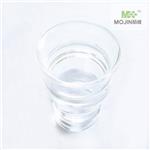
US $0.00/KG2023-07-27
- CAS:
- 142-68-7
- Min. Order:
- 1KG
- Purity:
- 99%
- Supply Ability:
- 50000KG/month
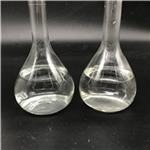
US $10.00/KG2023-01-10
- CAS:
- 142-68-7
- Min. Order:
- 1KG
- Purity:
- 99%
- Supply Ability:
- 5tons
